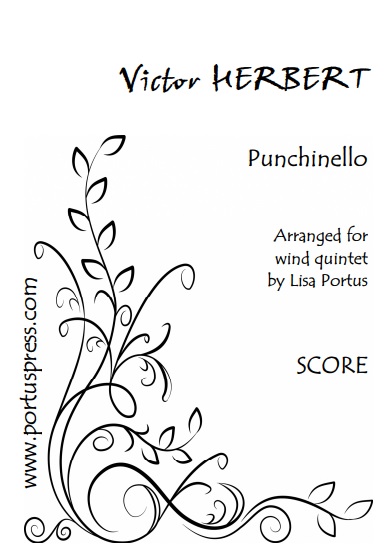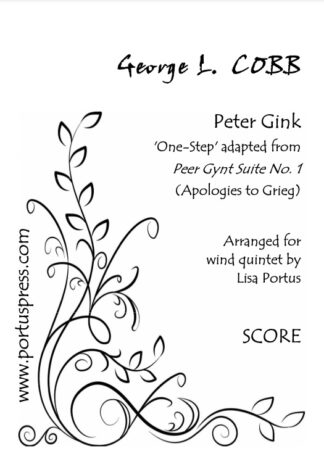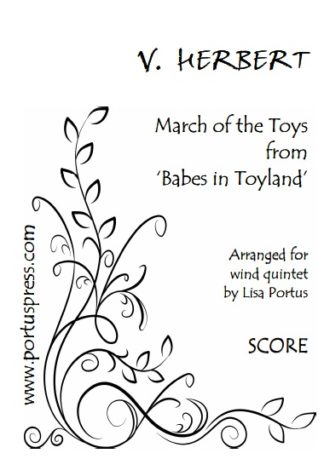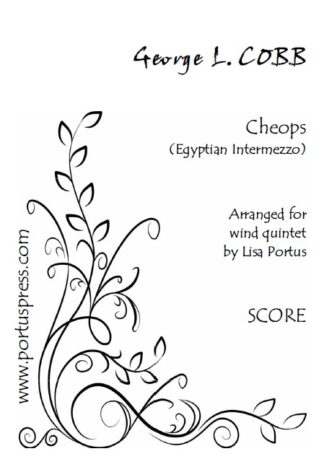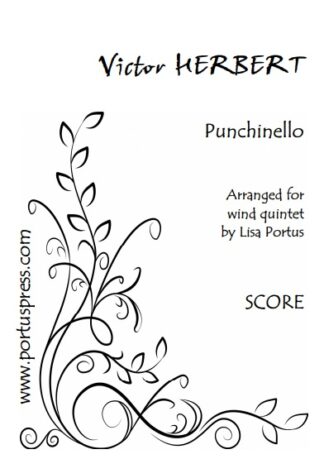Description
The Irish-born American composer Victor Herbert (1859-1924) had established careers as a cello soloist and a conductor but he is best known for his many successful operettas that premiered on Broadway from the 1890s until World War I. He also championed the rights of composers to earn royalties from the use of their works, spearheading a group founding the American Society of Composers, Authors and Publishers (ASCAP) – the US equivalent of the UK’s Performing Rights Society.
He wrote his engaging ‘character piece’ Punchinello for piano in 1900, just a few years before his first major hit Babes in Toyland. It was published as the second in the set of his Six Piano Pieces.
It is assumed that ‘Punchinello’ is an Anglicized version of ‘Pulcinella’, a stock character in the commedia dell’arte tradition. Pulcinella was often portrayed with a humpback, a crooked nose, gangly legs, a potbelly, large cheeks and a huge mouth. Pulcinella is a cunning fellow – an opportunist social climber who always sides with the winner but who simultaneously rescues others from trouble. His capricious and multi-faceted character is captured perfectly in Herbert’s delightful musical depiction.

